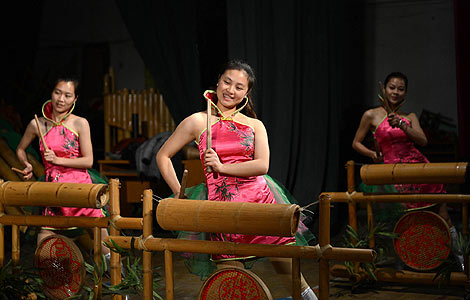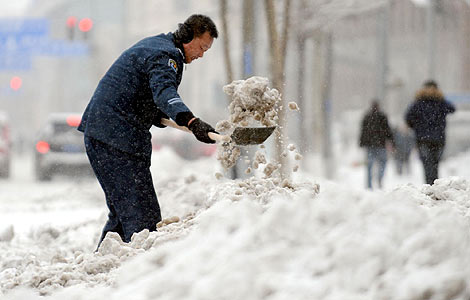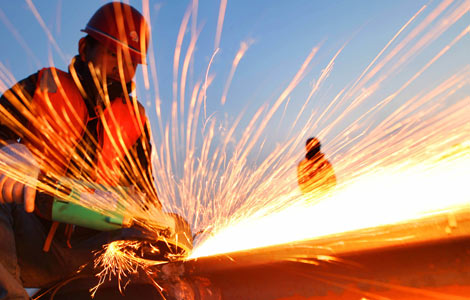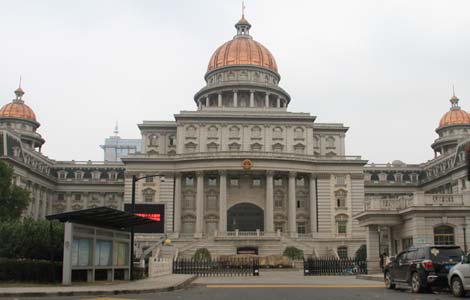
 |
|
A dragon boat race in Guangzhou, capital of Guangdong province, on June 18. [Provided to China Daily] |
Secrets passed from generation to generation have preserved a tradition for thousands of years, reports Zhang Yuchen in Dongguan, Guangdong province.
Following the slow rasping of a saw as it cuts through wood leads to large wooden shed with a slipway down to the river. It's dark inside. Sawdust dances in the shaft of sunlight that parts the shadows where several men are working on the ribs of a boat. Feng Huainu sits quietly in a corner watching the men working. It is the busiest season for the 82-year-old's boatyard, as they have to finish all the boats in time for Dragon Boat Festival. It usually takes eight days to finish one boat. And they must leave the boat to rest for a couple of days before it is launched.
"The big advantage of my boatyard is the speed with which we can build a boat," Feng said.
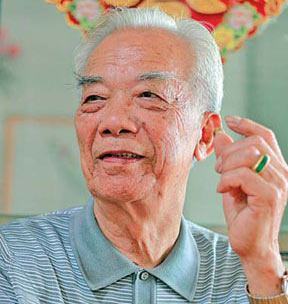 |
|
Feng Huainu, 82, is one of a few dragon boat masters in Guangdong province. [Zou Zhongpin/China Daily] |
At one time, all three of Feng's sons worked in the boatyard under his supervision but now only one, Peichao, carries on the family tradition.
"My brothers were asked to help with my sister's business in the town," said Feng Peichao, measuring the width of the dragon's belly he is working on. "They had the good luck to go for alternatives."
"But among all my siblings, my boat-building techniques are the best," he added proudly.
He says making a dragon boat is hard work and no one would choose to do it if they had an easier option.
Feng Huainu began to learn how to build dragon boats at the age of 12 and wanted to go to Hong Kong where he could earn more money, but his father forbade him as he needed him to help make boats to support the family of nine children.
In 1950, Feng and the other dragon boat builders were sent to work in a State-owned shipyard in Guangdong producing large wooden ships as well as small boats. Feng took his job seriously and worked hard.
"I was honored as the highest rank of worker by the nation," he said, smiling proudly.
Occasionally people in the neighboring communities would come and find him and ask him to build them a dragon boat. But during the "Cultural Revolution" (1966-76) Feng had to build them in secret as public ceremonies among local residents were forbidden.
But knowing how important dragon boats are to the lives of the local people, Feng never refused to make one. He found some willing helpers and built the boats under the cover of the banana trees.
Once finished, the boats would be covered and transported to the person who ordered it. After the festival the boat would be painted in thick layers of varnish made from the seeds of mu-oil trees (Vernicia montana) and then buried until the festival next year.



